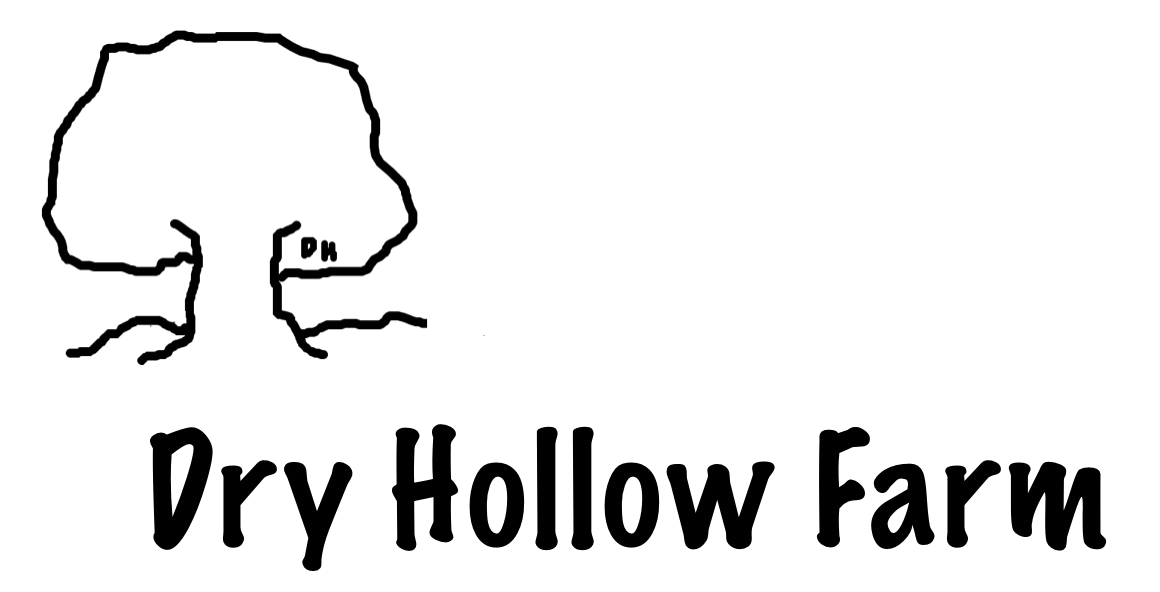It’s a Sedge, not a Sage
My husband is from western Tennessee. I am not. Thus ensues the battle of words regarding a very pesky, unwanted grass that grows in portions of our pastures. Locals refer to this as sage grass, but for me, sage grass is something that turns into tumbleweeds in the American Southwest and rolls across the screen in a John Wayne western.
The low-nutritional value grass that flourishes in poor soil in western Tennessee is not a form of sage, but a sedge - more specifically, broom sedge.
Why broom? Because in the fall if left uncut, the sedge produces broom-like seedheads.
Broom sedge has almost no nutritional value for livestock, and most refuse to eat it unless it is very young and close to the ground. It is abundant in pastures with poor soil. Because our animals will eat everything else around it, broom sedge thrives during the growing season and spreads its clumps of grass throughout the pasture until nothing else has space to grow.
When we first bought our property, broom sedge already had a good start and has remained troublesome ever since for three reasons.
#1 When we fenced our pastures, we did not apply an herbicide such as Round-Up to kill every plant, plow it all under, and start afresh with seeds for the vegetation we wanted to thrive.
#2 We are a small operation with small gates and no farm implements to undertake a major overhaul of our pastures. We worked with wheelbarrows, buckets, hand rakes, a lawn tractor and lawn spreaders and seeders. Many times a week we spread lime, fertilizer, and seed by hand or with small equipment. Radically changing our soil base and plant growth is a major undertaking.
#3 Until this past spring, the back pastures housed our flock of sheep with usually twenty to twenty-five head grazing throughout. Sheep have a tendency to munch everything they like to the soil, often pulling even the roots up out of the ground. This is tough on plant growth despite practicing rotational grazing and consistently adding more paddocks.
So, our battle with broom sedge continues. We are gaining ground, but the process is slow and requires a fair amount of patience in order for change to occur. This past spring we sold our flock of sheep and have allowed our larger back pastures to grow as much as possible. We mow the areas of broom sedge, but allow the other grasses to flourish, seed, and hopefully spread.
Dr. Kathryn Bush owns and operates Dry Hollow Farm, a working goat and sheep farm in Huntingdon, Tennessee. Together with her husband, Russell, she creates skincare products from their fresh goat milk, grows organic herbs, welcomes visitors to their two cabins on the farm (available for stays through Airbnb), keeps the farm’s on-site soap shop stocked with their handcrafted products, and enjoys working the farm in company with their Great Pyrenees dogs (who work hard guarding the animals). Check out their natural products featuring farm-grown ingredients here, and sign up for the Dry Hollow Farm newsletter to stay in touch and be the first to hear about farm news, events, and new products.


